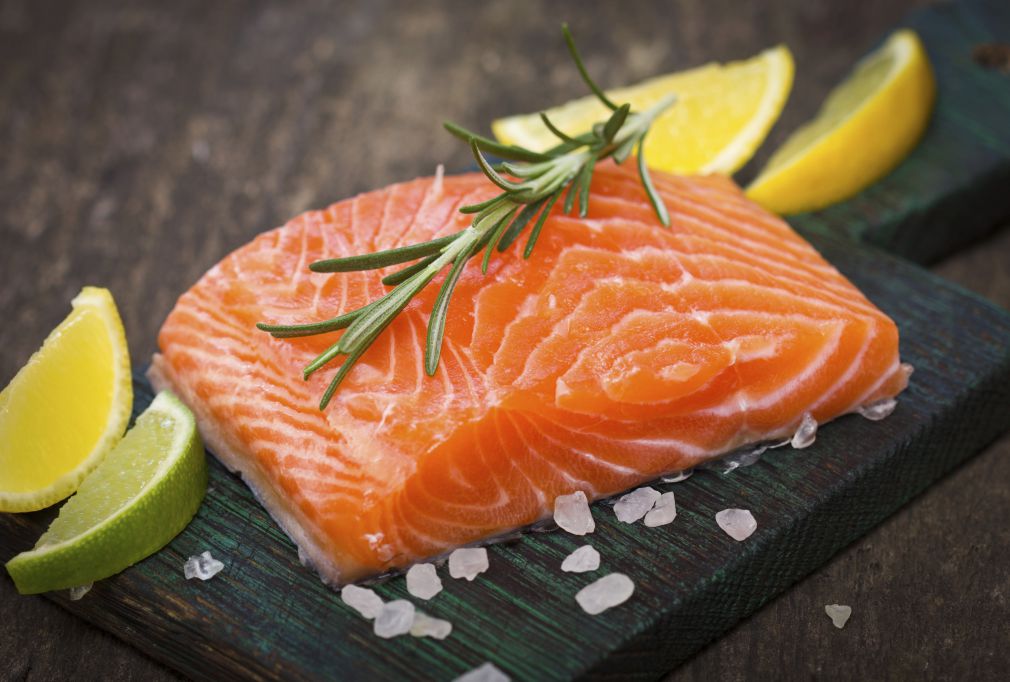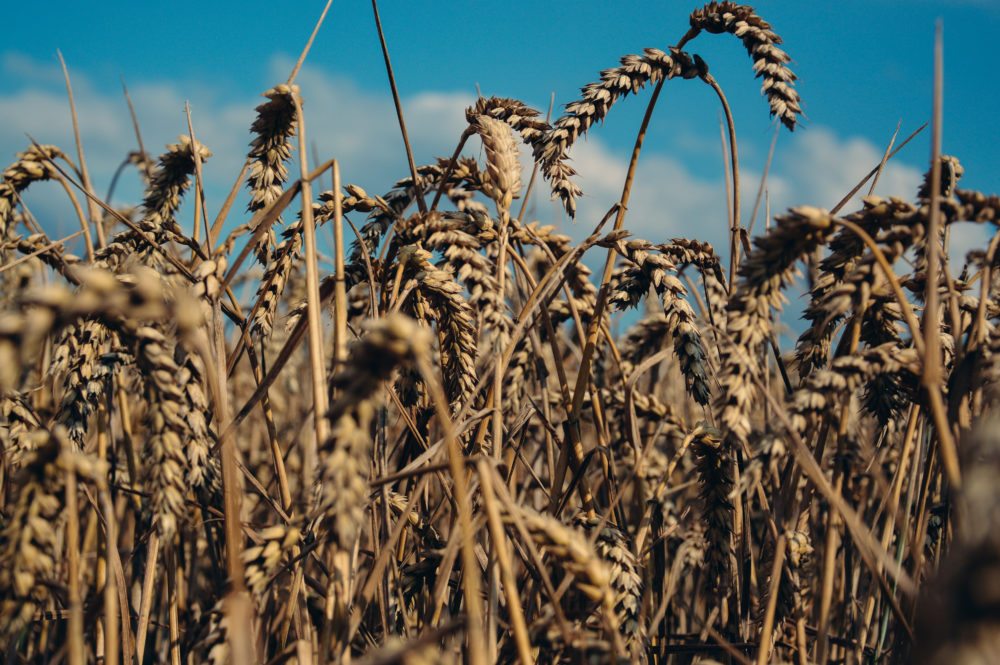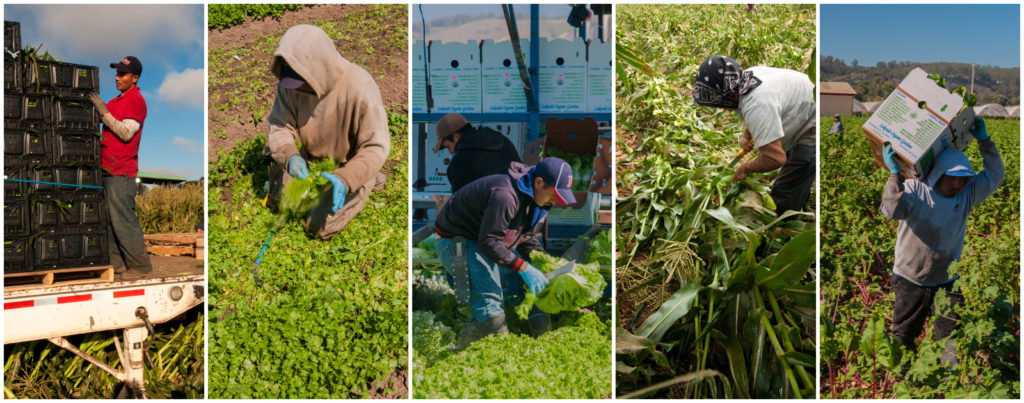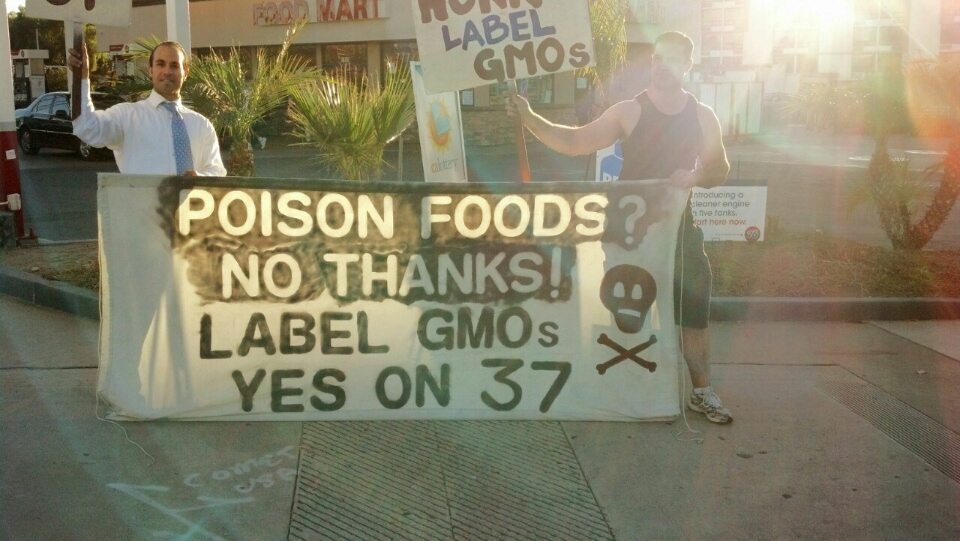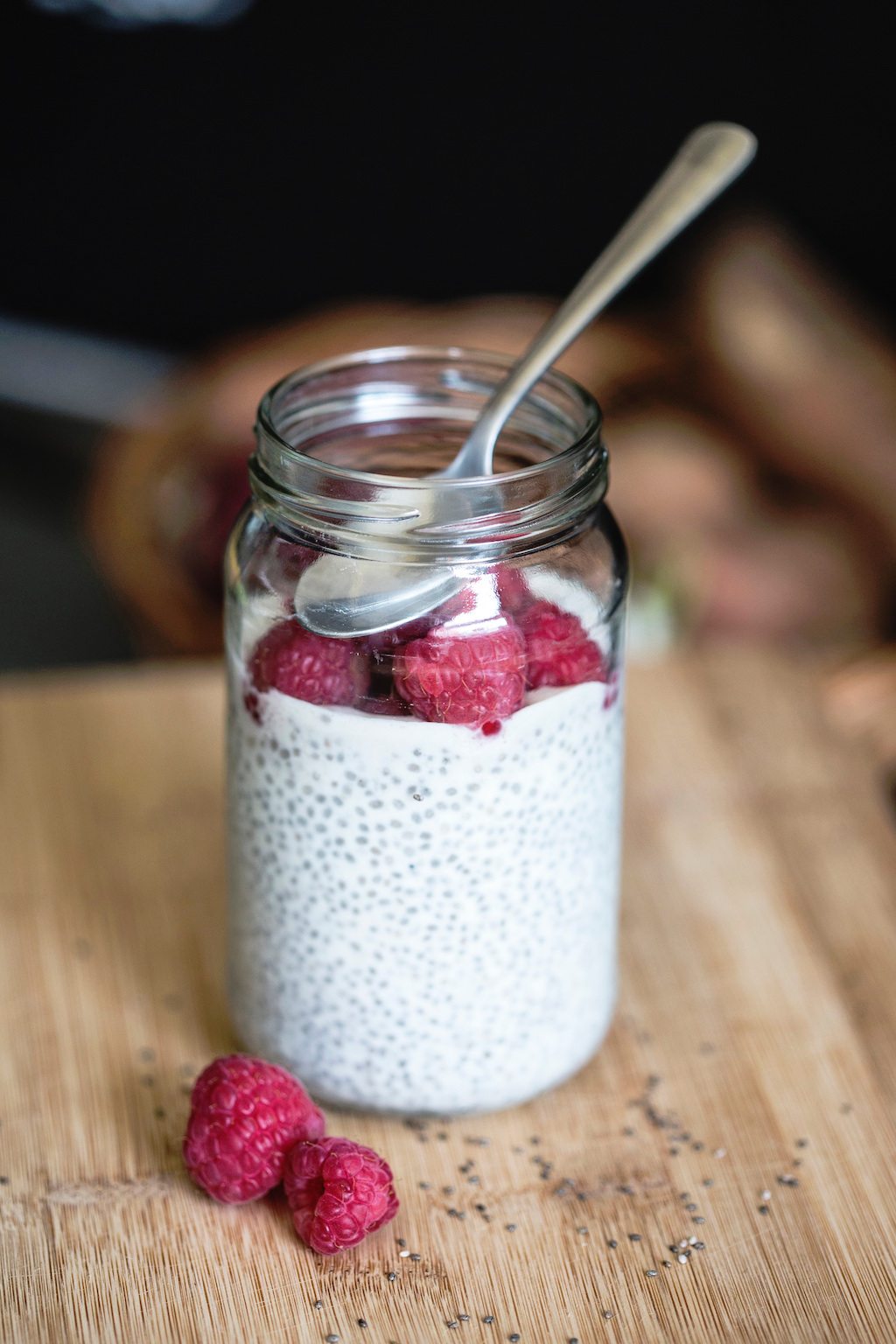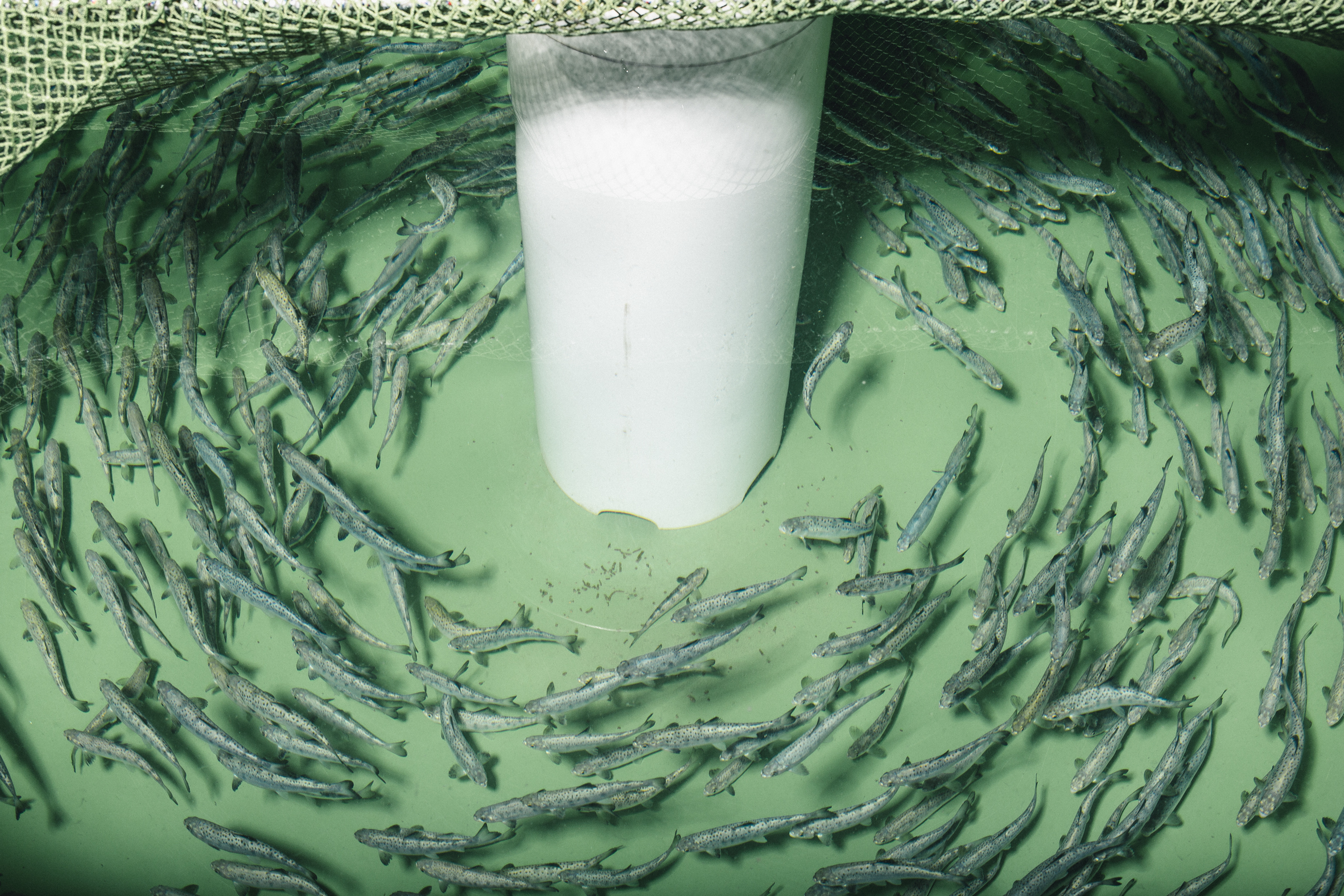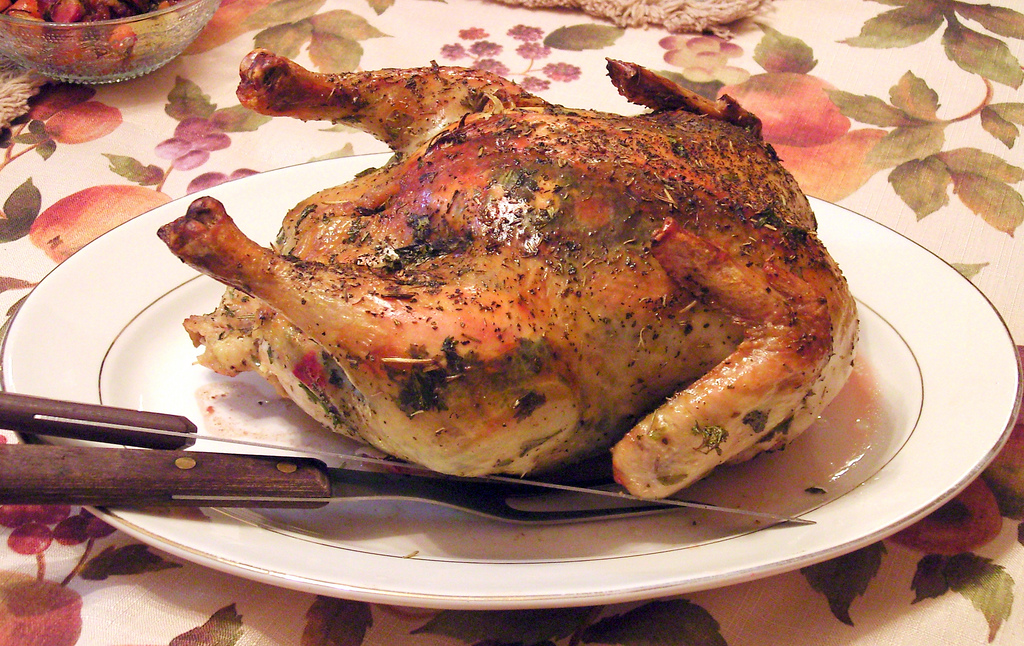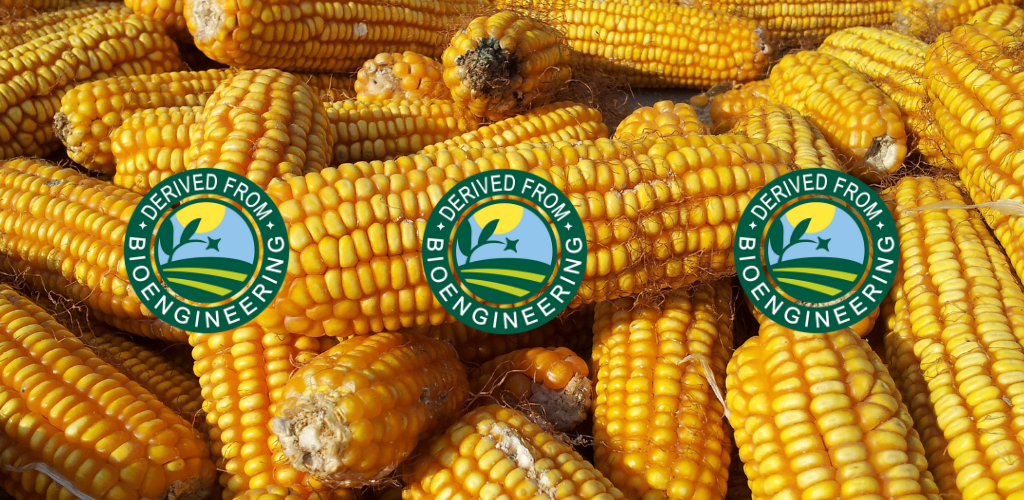
Graphics: USDA, Canva / Collage: NFE
On Wednesday night, the United States Department of Agriculture posted its long-awaited GMO label law, which will require food companies to label foods that have been genetically modified, or “bioengineered,” by 2022. The law will affect a wide range of foods, from mass-market snacks, cereals and freezer meals made with ubiquitous GMO crops like corn, soybeans, and sugarbeets, to new fruits, vegetables and seafood that will soon be sold to consumers directly, like the rosé pineapple, Arctic apple, non-browning potato, and the AquAdvantage salmon.
How widespread will that label be? In the coming years, you’ll start to see the government’s new logo popping up on items in the grocery store. After proposing several potential design options back in May, the government unveiled its final choice on Wednesday: a stylized landscape with an indeterminant crop sprouting under a blue sky, ringed by a green circle and the word “bioengineered.”

The label will soon be a familiar sight, but the government’s criteria for foods that can evade the label are already causing confusion and controversy.
The new rule, for instance, exempts products that come from animals fed with bioengineered ingredients, like milk, meat and eggs—but not, for example, foods like cheese or yogurt that are made with bioengineered yeasts or rennet. It exempts ingredients that have an “inadvertent or technically unavoidable” amount of bioengineered substances—a threshold that would allow food supply companies to use the same equipment on BE and non-BE crops alike. And it exempts highly refined ingredients, like sugars and oils—but we’ll get to that in a second.
In a move likely to rile some consumer advocates, the rule won’t apply to gene-edited foods—those containing ingredients modified by techniques like CRISPR, which do not contain DNA from other organisms, and could have otherwise been obtained through conventional breeding. Advocates of gene-editing technology say that the process merely speeds up the process of natural gene selection, unlike the first wave of genetically modified products that have genetic material transferred transgenically from other species.
It’s not just what gets labelled that’s stirred criticism. The question of how labels will appear has also been a hot topic. Though manufacturers will have several traditional disclosure options, like the circular, semi-pastoral bioengineered symbol, or “prominent” text, they have other tools at their disposal: methods that include text messaging, or electronic or digital links, including the QR code that many, including Senator Bernie Sanders, have decried as a confusing method that lacks transparency.
The law was initiated by Congress back in 2016, as an effort to preempt Vermont’s own GMO labeling law that was causing consternation among food companies. Biotechnology experts I contacted, including Greg Jaffe of the Center for Science in the Public Interest, a consumer advocacy group, said the law was never intended to address food safety or nutrition—about 90 percent of scientists say GMO foods are safe—but about giving consumers information about the production process. (As I’ve reported, disclosing that information was shown to increase consumer acceptance.)
But if the law’s truly about production, as Jaffe says, it stops short of covering highly processed ingredients that are derived from genetically engineered crops, such as corn syrup, vegetable oil, and “refined” sugar from sugarbeets. Last year, 94 percent of soybeans, and 92 percent of corn grown in the United States were genetically modified; at last count, so were 95 percent of sugarbeets. But oil and sugar derived from these crops don’t have to be labeled, because it’s impossible to distinguish them from their conventional counterparts. Despite what the Castrol commercials would have you believe, oils are just oils, and sugar is just sucrose. Neither substance contains DNA. The only way to distinguish the two would be through supply-chain verification.
Instead, the USDA is encouraging companies to voluntarily disclose that information through a nearly-identical symbol that contains the words “derived from bioengineering.” For Jaffe, that doesn’t go far enough. He feels manufacturers should be required to say when they’re using those oils and sugars.
“The message it sends is confusion, because there are many food manufacturers who want to disclose this information, because they believe that there are consumers who want to know this information,” he says. “You could have similar products with similar ingredients, where one discloses, and one doesn’t, and consumers may not understand that those products could be identical.”
The law is not nearly as stringent as the approach in other countries, such as those in the European Union, where most products are sourced to be non-GMO, obviating the need for any kind of label that would support “consumer choice.” Back in America, manufacturers may choose to continue to bear the voluntary Non-GMO Verified label, which is granted by a third-party certifier. Additionally, organic foods, which must be GMO-free in their supply chains to be certified in the first place, are exempt from the disclosure law.
The rule, which will become effective early next year, sets an initial date for manufacturers of January 1, 2020.


